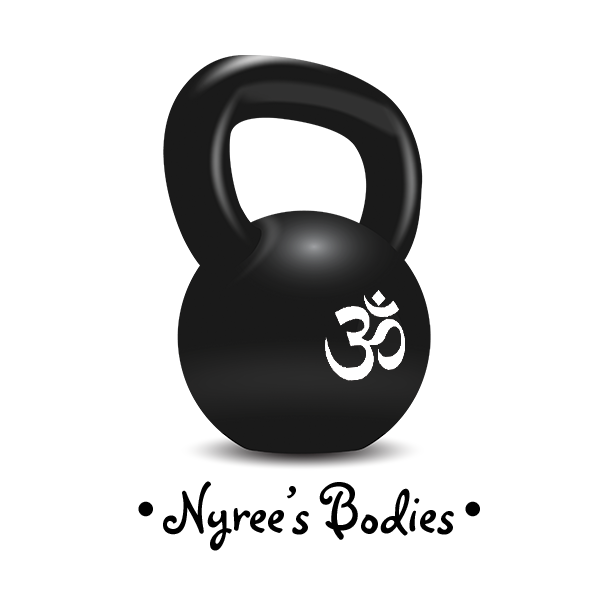Part 2: Shoulder and Chest Opening shoulder extension
Let me start by saying I am not recreating the wheel. Yoga has been practiced for centuries and am presently not skilled enough to create a new format and nor does one need to be created. While the popularity of yoga has increased, the perception of yoga’s exclusivity has persisted as well as yogi practitioners being viewed as a certain body type. As an athletic person, yoga has directly affected my athletic performance. I move better with less restrictions from tight muscles and joints and have had less setbacks from injury due to muscle pulls. Heavy lifters can be hardheaded. Time away from the actual lifting of heavy things cuts into the actual time of lifting heavy things. Memories are short when it comes to that last shoulder wrench or bicep pull which lead to that unscheduled lifting break, when the addition of flexibility and mobility to the lifting program might have prevented it.
Structure of the shoulder joint (humerous and scapula) and shoulder girdle (shoulder joint and clavicle) is designed for movement of the arm through three planes; sagittal (flexion /extension), frontal (abduction / adduction), transverse (horizontal abduction & adduction and rotation). Increasing joint mobility, stretching has to take place through all joint angles. In this section, Continuing to focus on postures in the saggital plane, shoulder extension, with the arms moving from the front body and placed behind the body.
Rounded shoulders known as kyphosis can be caused by bad seated posture, over work of the anterior muscles around the shoulder joint and girdle or anatomical structure to name a few. As we age, this condition will become more pronounced and can cause problems with breathing, back pain and reduced mobility. Shown below are a few of my favorite yoga postures that target the front of the shoulders, are simple to set up and perform and effective. Perform these postures dynamically (with movement\repetitions) before a workout or static after workout is complete.
It is important to note that increasing flexibility and mobility is not a one size fits all deal. Lack of either can be attributed to anatomical structure along with other physiological explanations. Every body is different. Take the time to explore your movement and practice consistently. Oh yeah and breathe.
SAGITTAL PLANE -Shoulder Extension
Stretches the front/top of shoulder joint - anterior/medial deltoids , pectoral muscles
Ardha Purvottanasana - Reverse Table Pose, start position
Ardha Purvottanasana - Reverse Table Pose, end position
Reverse table top - sitting, place feet under knees and hands on floor under shoulders. Lift hips. Try to get parallel to floor. Hold for a a few breathes then repeat. Increase hold length over time. This stretch is also a back body strengthener as the muscles of the posterior chain (glutes, erectors of the the lower back, rhomboids, latissimus dorsi) lift the body to achieve the stretch in the shoulders.
Purvottanasana - Upright Plank Pose, start position
Purvottanasana - Upright Plank Pose, end position
Reverse plank (advanced) -Same set up with legs extended in front instead of bent knee. Lift hips by squeezing the glutes (the glutes initiate hip extension and protects the lower back) and hold for a few breathes and repeat. Increase hold over time. As with reverse table pose, this stretch is also a back body strengthener as the muscles of the posterior chain (glutes, erectors of the the lower back, rhomboids, latissimus dorsi) lift the body to achieve the stretch in the shoulders.
Arms behind back palms together, start position
Arms behind back palms together, end position
Arms behind back palms together. Clasp hands together behind the back. If possible, bring palms together with no space between wrists. Move shoulders down and away from ears, slowly raise hands and arms away from body. Hold for a few seconds, Breathe then repeat.
Arms behind back, belt modification When the hands are unable to grasp behind the back grab a belt, strap, towel etc. and walk hands as close to each other as possible without pain in the shoulder. Move shoulders down and away from ears, slowly raise hands and arms away from body. Hold for a few seconds. Breathe then repeat.
Arms behind the back, belt option, start position
Arms behind the back, belt option, end position











